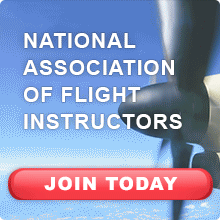Improbability and the Beginning of Instructional Wisdom~Guest Blogger Thomas P. Turner
 Like a lot of pilots of my generation, my flying career started in the right seat of a Cessna 152 at a quiet, rural airport. I was the instructor in a one-person flying service in central Missouri. One early summer evening, as the wind calmed down, the shadows grew and the skies turned golden with the setting sun, I was in my happy place with a pre-solo student in the Cessna’s left seat. Of the flying school’s two 152s we had drawn the red-striped N46123 – “flying is easy as 1-2-3,” I quipped in the sales pitch on demo flights. The registration N46123 is now painted on a Boeing 737-800, but back then the designation belonged to the beginning of pilots’ dreams, not their career destination. Like a lot of pilots of my generation, my flying career started in the right seat of a Cessna 152 at a quiet, rural airport. I was the instructor in a one-person flying service in central Missouri. One early summer evening, as the wind calmed down, the shadows grew and the skies turned golden with the setting sun, I was in my happy place with a pre-solo student in the Cessna’s left seat. Of the flying school’s two 152s we had drawn the red-striped N46123 – “flying is easy as 1-2-3,” I quipped in the sales pitch on demo flights. The registration N46123 is now painted on a Boeing 737-800, but back then the designation belonged to the beginning of pilots’ dreams, not their career destination.
The learner (to use the modern term) was doing a great job and I was pretty certain he’d solo in the next hour or so. So after a little air work we were now on left downwind for Runway 18. No one else was in the pattern and Unicom was quiet. Somewhere about midfield my student pulled back a little on the yoke, then began easing the nose down—probably involuntary movements in response to an unusual situation, first a tensing up and then an attempt to correct for what he saw. For the airspeed indicator was reading low, and although we continued more or less level on downwind the needle spun slowly past the bottom of the green arc, then the bottom of the white arc, and then almost vertically as if the airplane was sitting on the ramp. My student said something in the neighborhood of, “Well, darn,” and looked directly at me, calling on all the judgment and experience I’d amassed in my lofty 300 hours’ total time. “What do we do?” his wide eyes exclaimed. | 
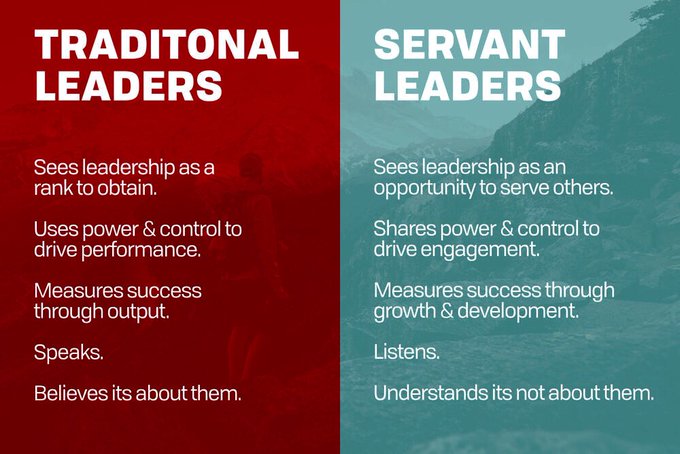
 Pilots, do you remember the happiness and sense of achievement that you got after getting that Private pilot license to start off your careers? You'll also get the same feeling as you get closer to your dream as an airline pilot with an Instrument Rating and a CPL, and as you attain CFI, CFII and MEI certifications to teach budding pilot candidates. Then, is there anything us pilots can do in our daily lives to make ourselves proud outside of making money?
Pilots, do you remember the happiness and sense of achievement that you got after getting that Private pilot license to start off your careers? You'll also get the same feeling as you get closer to your dream as an airline pilot with an Instrument Rating and a CPL, and as you attain CFI, CFII and MEI certifications to teach budding pilot candidates. Then, is there anything us pilots can do in our daily lives to make ourselves proud outside of making money?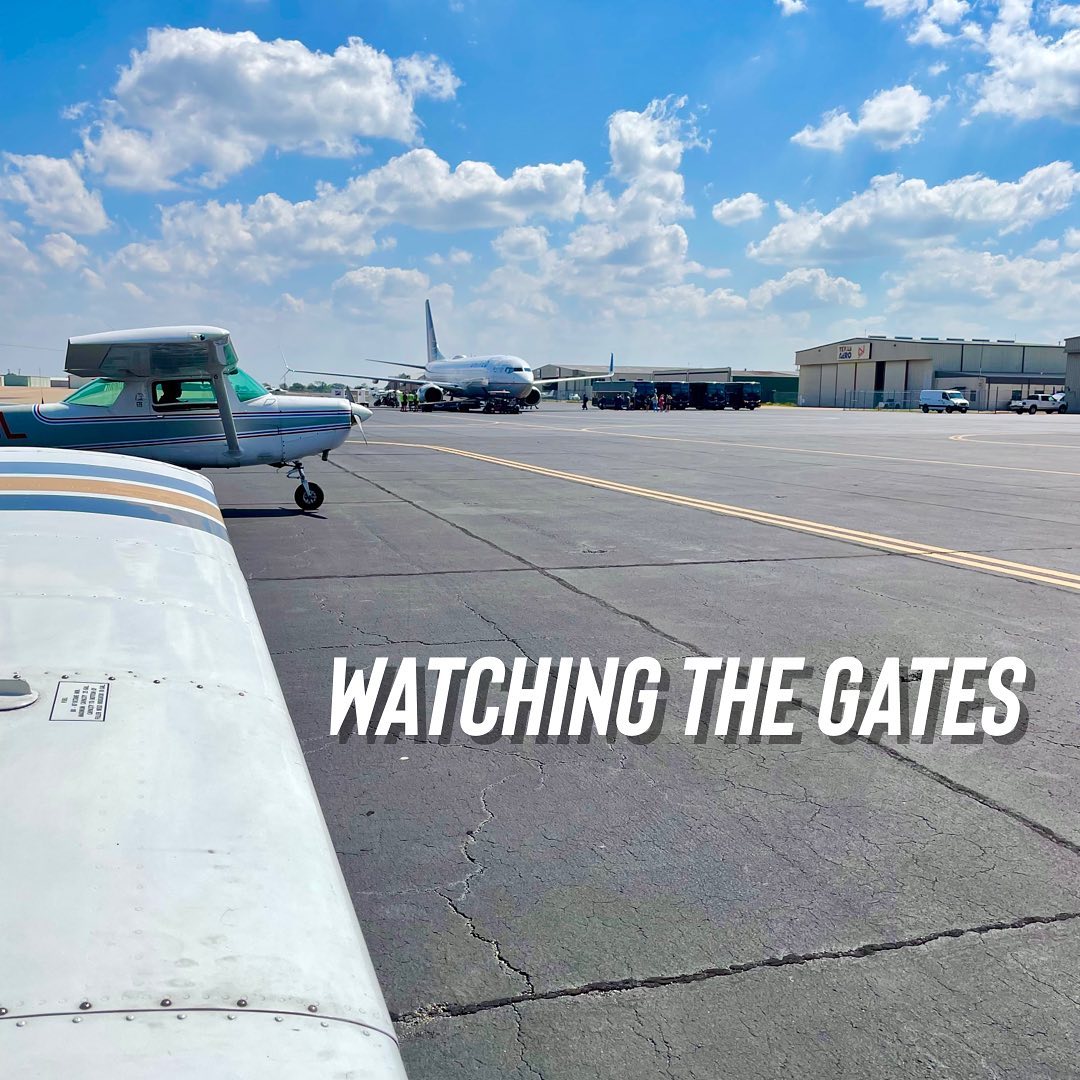 Some people don’t need to be pilots.
Some people don’t need to be pilots.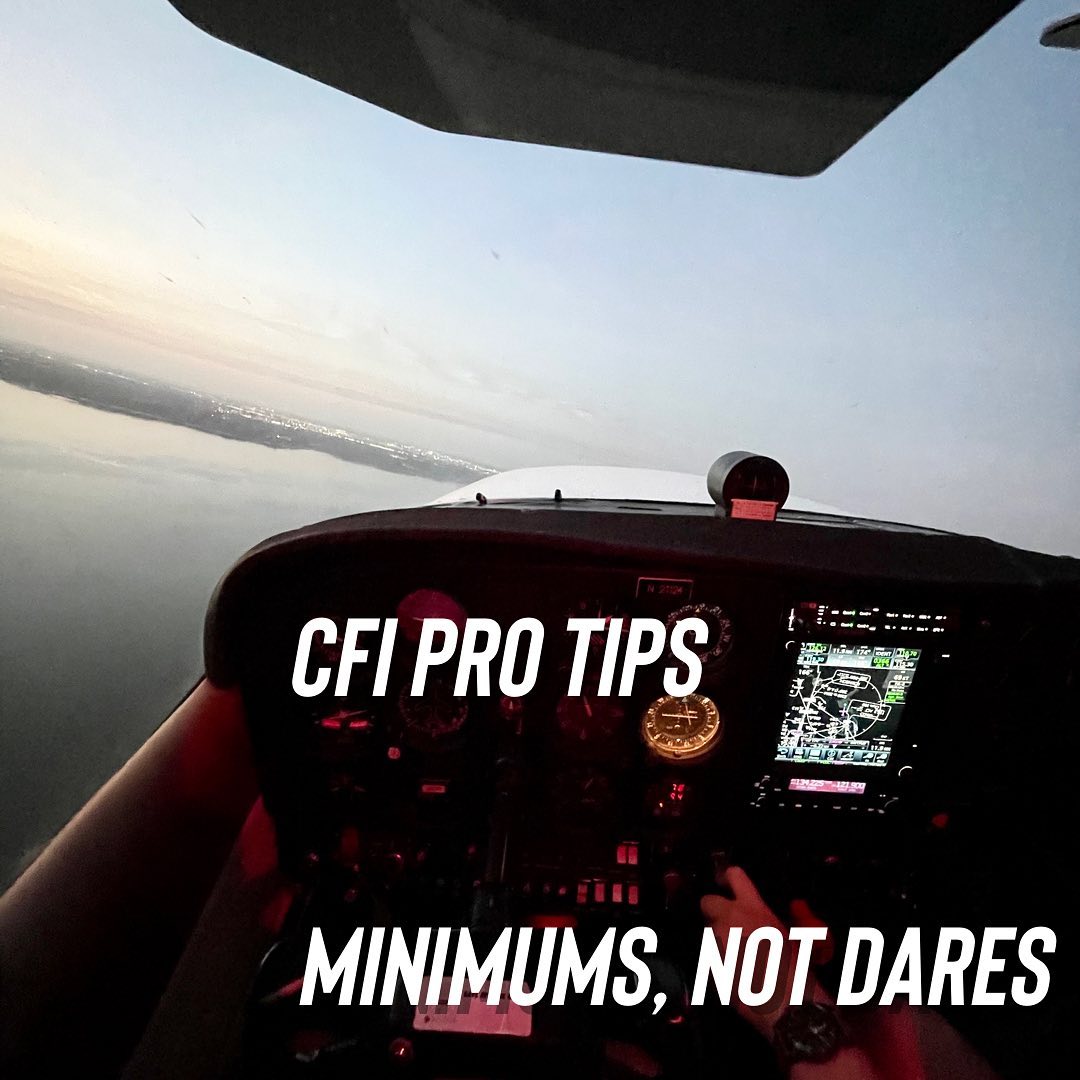 The new CFI, a client of mine, had just explained to the newly-minted instrument pilot that the proposed flight was below his personal minimums. That's the question he got in response. After a moment's silent gratitude that I'd had nothing to do with the instrument pilot's training, I told the CFI over the phone he was doing exactly the right thing.
The new CFI, a client of mine, had just explained to the newly-minted instrument pilot that the proposed flight was below his personal minimums. That's the question he got in response. After a moment's silent gratitude that I'd had nothing to do with the instrument pilot's training, I told the CFI over the phone he was doing exactly the right thing. Mentally we train emergencies so that we’re ready when they happen.
Mentally we train emergencies so that we’re ready when they happen. How many times have you had a student be excited to get in the aircraft and fly but when it comes to hitting the books, it's like trying to get a young child to tidy their room! For some students, it can be a slow going and tedious process complete with excuses ranging from, "I've been busy at work" or "It's hard to study at home", to "I'm not a good test taker, so it's hard for me to study"
How many times have you had a student be excited to get in the aircraft and fly but when it comes to hitting the books, it's like trying to get a young child to tidy their room! For some students, it can be a slow going and tedious process complete with excuses ranging from, "I've been busy at work" or "It's hard to study at home", to "I'm not a good test taker, so it's hard for me to study" I bring this up, not because I have some thoughts about the specifics of flight instruction this week, but more about our role in aviation. Looking back on my life, I've been fortunate enough to have been on this planet for most of humanity's achievements in space, having been born a couple of years before Sputnik was launched. Because this past week encompassed the anniversaries of both the tragic Apollo 1 fire and Challenger accidents, I wound up watching a crowd-funded movie called "Fight for Space." Fight for Space makes the point that we made it to the moon with the Apollo program and have retrenched ever since. Although I don't fully agree with one of the film's commentators, Neil DeGrass Tyson as to the reasons for this, it is something that has dismayed me.
I bring this up, not because I have some thoughts about the specifics of flight instruction this week, but more about our role in aviation. Looking back on my life, I've been fortunate enough to have been on this planet for most of humanity's achievements in space, having been born a couple of years before Sputnik was launched. Because this past week encompassed the anniversaries of both the tragic Apollo 1 fire and Challenger accidents, I wound up watching a crowd-funded movie called "Fight for Space." Fight for Space makes the point that we made it to the moon with the Apollo program and have retrenched ever since. Although I don't fully agree with one of the film's commentators, Neil DeGrass Tyson as to the reasons for this, it is something that has dismayed me. As I approached the tail section I noticed that the brisk winter wind was blowing the rudder to one side. This revealed a section above the rudder that wouldn’t normally be exposed. What I observed gave me pause. It was a tiny section of red paint on the leading edge of the rudder—again not normally exposed but for mother nature kindly displacing the rudder to reveal a little bit of this airplane’s inner beauty and former self. The red paint is left over from when the airplane used to wear TWA’s colors. Immediately Cyndi Lauper’s “True Colors” song came to mind. And I heard that song in my mind for the rest of the pre-flight. This stirred up a hornet’s nest of emotions for me, but most prominent was pride. I’ve never been a big fan of the MD-80 because I flew Boeing and Lockheed for most of my flying career. Now—after sighting the red paint—I was more proud of this airplane than ever. It made the transition with me, and somehow took on a majestic stance. This little peek at the airplane’s true colors changed my outlook that day. I started out cold and bitter, and then I became proud with song in my step. I don’t know what was more prominent—the upturn in my mouth or the tear in my eye.
As I approached the tail section I noticed that the brisk winter wind was blowing the rudder to one side. This revealed a section above the rudder that wouldn’t normally be exposed. What I observed gave me pause. It was a tiny section of red paint on the leading edge of the rudder—again not normally exposed but for mother nature kindly displacing the rudder to reveal a little bit of this airplane’s inner beauty and former self. The red paint is left over from when the airplane used to wear TWA’s colors. Immediately Cyndi Lauper’s “True Colors” song came to mind. And I heard that song in my mind for the rest of the pre-flight. This stirred up a hornet’s nest of emotions for me, but most prominent was pride. I’ve never been a big fan of the MD-80 because I flew Boeing and Lockheed for most of my flying career. Now—after sighting the red paint—I was more proud of this airplane than ever. It made the transition with me, and somehow took on a majestic stance. This little peek at the airplane’s true colors changed my outlook that day. I started out cold and bitter, and then I became proud with song in my step. I don’t know what was more prominent—the upturn in my mouth or the tear in my eye.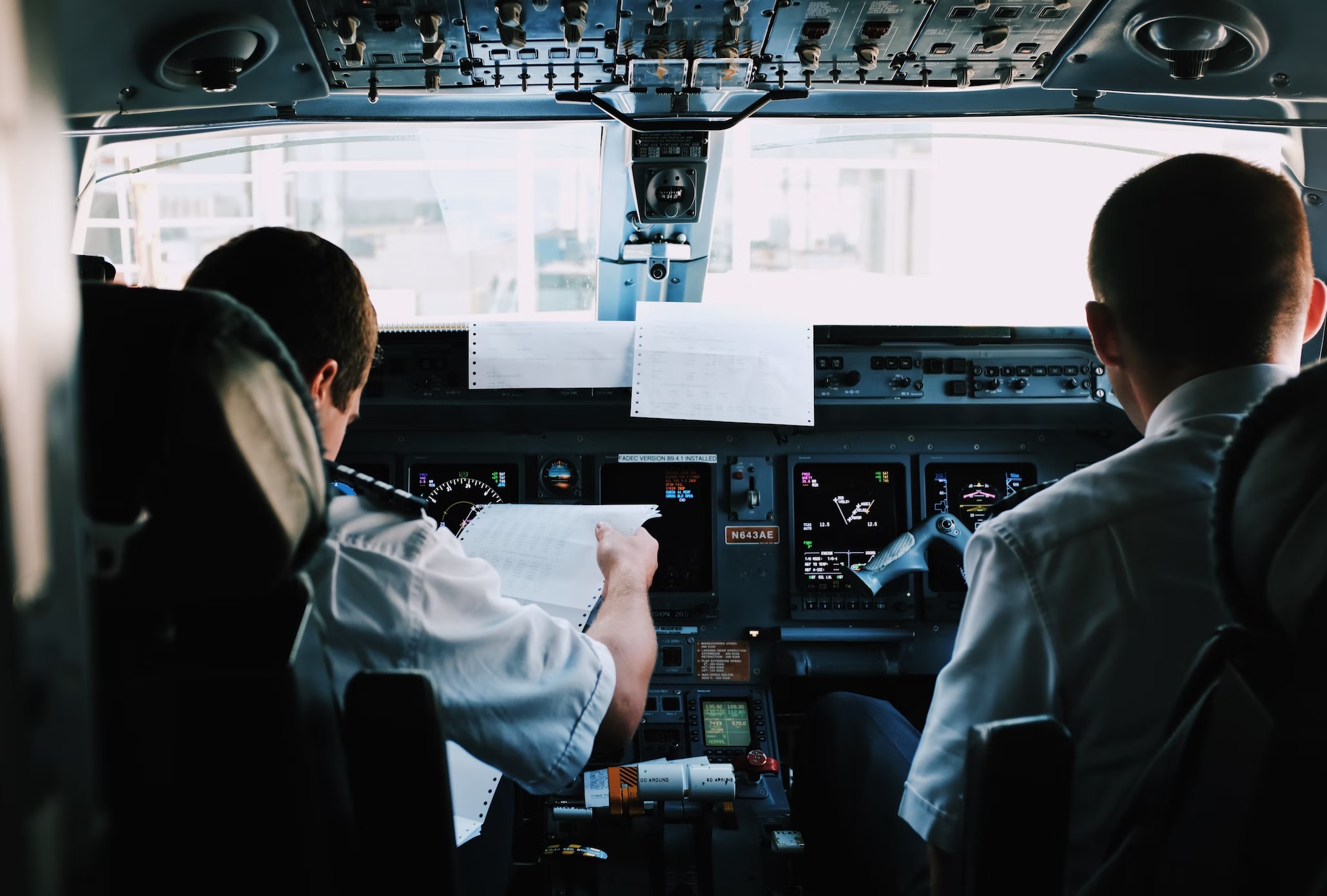 Among the major industries disrupted by the pandemic was aviation.
Among the major industries disrupted by the pandemic was aviation.  The DPE extended his hand with a smile and with a hearty “Congratulations” and a firm handshake, he handed me my temporary certificate which had words that I had waited a long time to see, “Flight Instructor - Airplane Single Engine”. After nearly six months of studying at home, teaching over forty hours of ground instruction to members of our flying club, and spending many hours “teaching” in the air, by many accounts, I was ready. Within a week of passing my checkride I had my first discovery flight scheduled and I was anxious to jump in feet first. There was only one problem. I didn’t “feel” ready, and in fact, I felt woefully unprepared.
The DPE extended his hand with a smile and with a hearty “Congratulations” and a firm handshake, he handed me my temporary certificate which had words that I had waited a long time to see, “Flight Instructor - Airplane Single Engine”. After nearly six months of studying at home, teaching over forty hours of ground instruction to members of our flying club, and spending many hours “teaching” in the air, by many accounts, I was ready. Within a week of passing my checkride I had my first discovery flight scheduled and I was anxious to jump in feet first. There was only one problem. I didn’t “feel” ready, and in fact, I felt woefully unprepared. Like a lot of pilots of my generation, my flying career started in the right seat of a Cessna 152 at a quiet, rural airport. I was the instructor in a one-person flying service in central Missouri. One early summer evening, as the wind calmed down, the shadows grew and the skies turned golden with the setting sun, I was in my happy place with a pre-solo student in the Cessna’s left seat. Of the flying school’s two 152s we had drawn the red-striped N46123 – “flying is easy as 1-2-3,” I quipped in the sales pitch on demo flights. The registration N46123 is now painted on a Boeing 737-800, but back then the designation belonged to the beginning of pilots’ dreams, not their career destination.
Like a lot of pilots of my generation, my flying career started in the right seat of a Cessna 152 at a quiet, rural airport. I was the instructor in a one-person flying service in central Missouri. One early summer evening, as the wind calmed down, the shadows grew and the skies turned golden with the setting sun, I was in my happy place with a pre-solo student in the Cessna’s left seat. Of the flying school’s two 152s we had drawn the red-striped N46123 – “flying is easy as 1-2-3,” I quipped in the sales pitch on demo flights. The registration N46123 is now painted on a Boeing 737-800, but back then the designation belonged to the beginning of pilots’ dreams, not their career destination.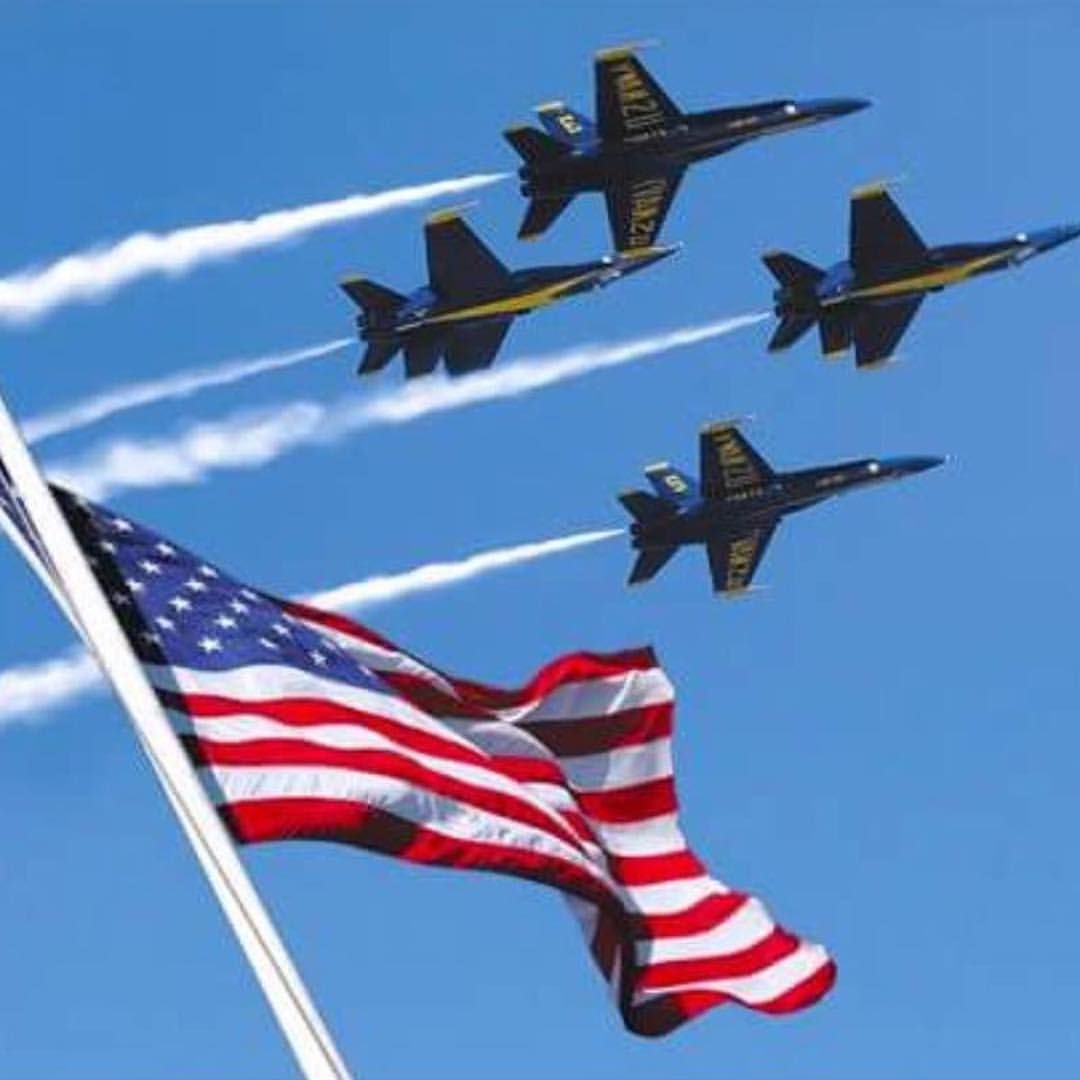 A co-worker of mine has always been interested to see what it was like to fly an airplane. A few days ago, I took him up for about an hour so he could have that experience. As with any introductory flight, I ensured that the ride would be on a nice day with little or no turbulence. We, of course, had a briefing beforehand covering the basics, including sterile cockpit, seat belt usage, what to do in an emergency, and so on.
A co-worker of mine has always been interested to see what it was like to fly an airplane. A few days ago, I took him up for about an hour so he could have that experience. As with any introductory flight, I ensured that the ride would be on a nice day with little or no turbulence. We, of course, had a briefing beforehand covering the basics, including sterile cockpit, seat belt usage, what to do in an emergency, and so on. It was awkward enough that I was pretty new to the aviation community in my area, but the audacity of standing up a flight school with the ink still wet on my certificate had me convinced that asking for help was the last thing I should do if I was to be taken seriously. If that wasn’t enough, I had (and still have, if I’m honest) this independent streak that thrived on the idea of “me versus the world.” If I couldn’t figure it out for myself, maybe I wasn’t good enough.
It was awkward enough that I was pretty new to the aviation community in my area, but the audacity of standing up a flight school with the ink still wet on my certificate had me convinced that asking for help was the last thing I should do if I was to be taken seriously. If that wasn’t enough, I had (and still have, if I’m honest) this independent streak that thrived on the idea of “me versus the world.” If I couldn’t figure it out for myself, maybe I wasn’t good enough.



